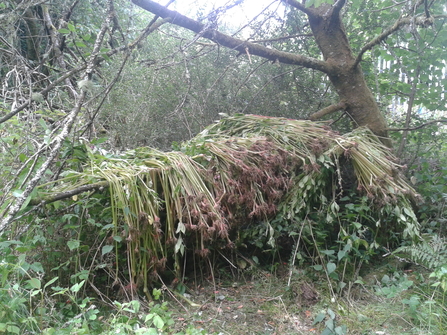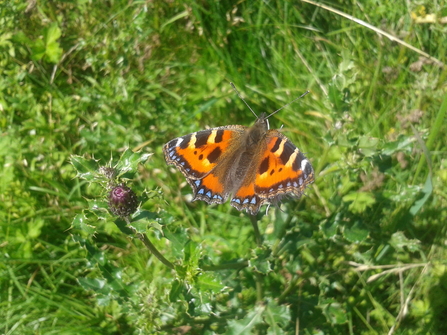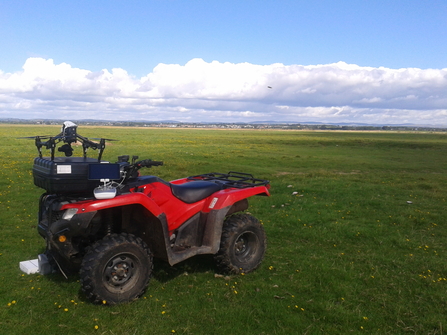The particular units I have been studying include Ecology, Silviculture, Research Methods & Data Analysis and GIS mapping. As you will imagine, a placement with Cumbria Wildlife Trust is a little change from the content of my degree so far, but this is something I am excited about with the chance to learn a lot of new skills and knowledge. I am particularly interested in learning to identify a wider range of ground fauna, birds and insects, enabling me in the future to envisage and apply a fuller picture of the habitat I am surveying.
Since starting my placement in early May I have been involved in a wide range of courses including identifying insects, wild flowers, scything, and the maintenance and use of quad bikes.
Alongside working at Gosling Sike, I have carried out work at a variety of nature reserves including Drumbrugh Moss, Bowness on Solway, Boathouse Field, Thacka Beck, Wreay Woods, and Rockcliffe Marsh.
Gosling Sike is a relatively new project, from when the Trust’s northern team relocated from Susan’s farm to next door and into the lovely new timber clad building. The land surrounding the building is gradually evolving into a lovely wild garden, which from Kate’s hard work is beginning to take shape. This isn’t without the hard work of volunteers, who have and plan to regularly visit Gosling Sike on Wednesdays. It has been a great pleasure to work with the volunteers so far on the project, which there is too many to name!
Also working from Gosling Sike is the Red Squirrel Northern England team, who are working to protect red squirrels in Merseyside, North Yorkshire, Cumbria, and Northumberland. Working with one of the rangers, I installed camera traps and bait in the southern reaches of Kielder forest. The footage from the cameras is used to assess the number of grey squirrels to plan any necessary future control to help save our native reds from the invasive greys!



